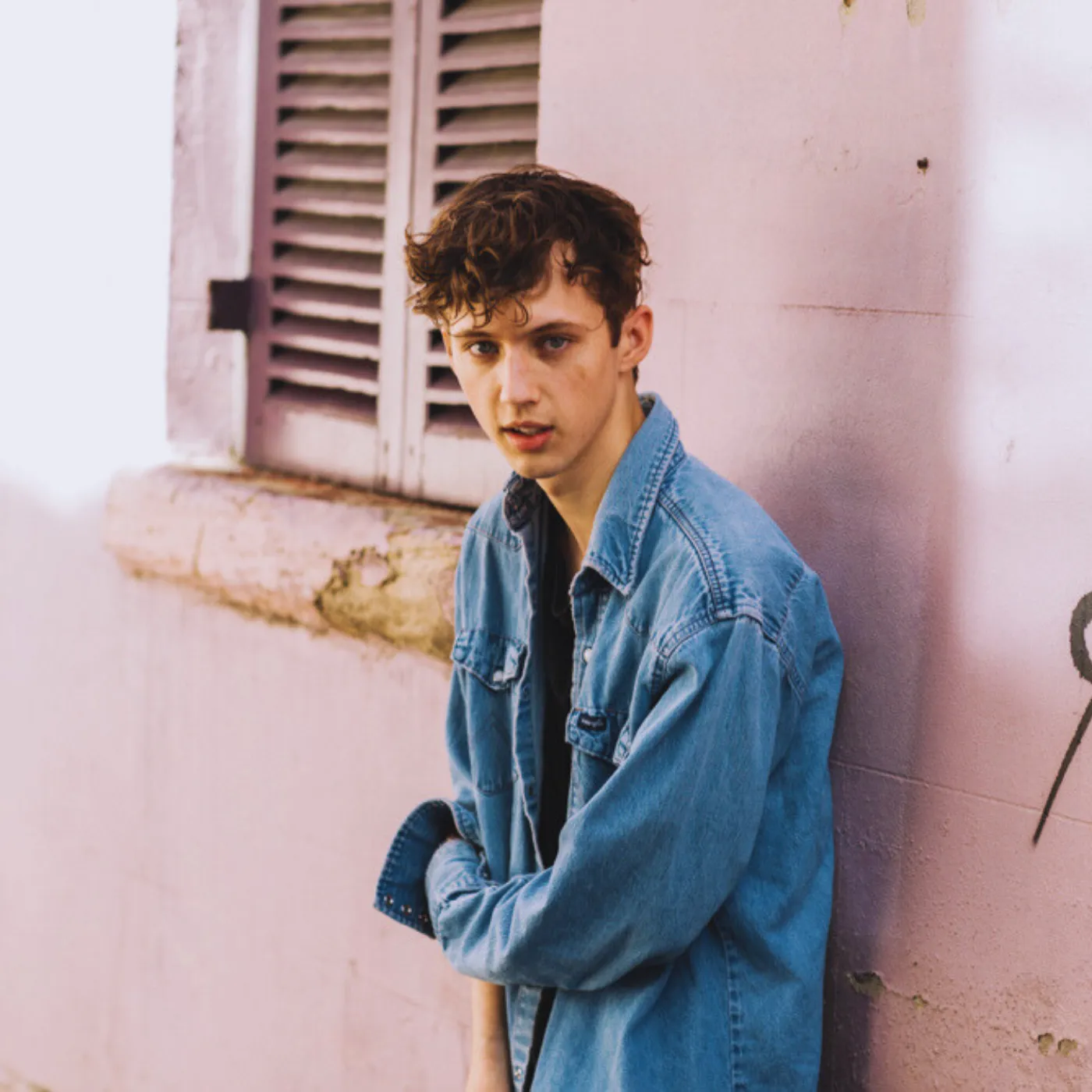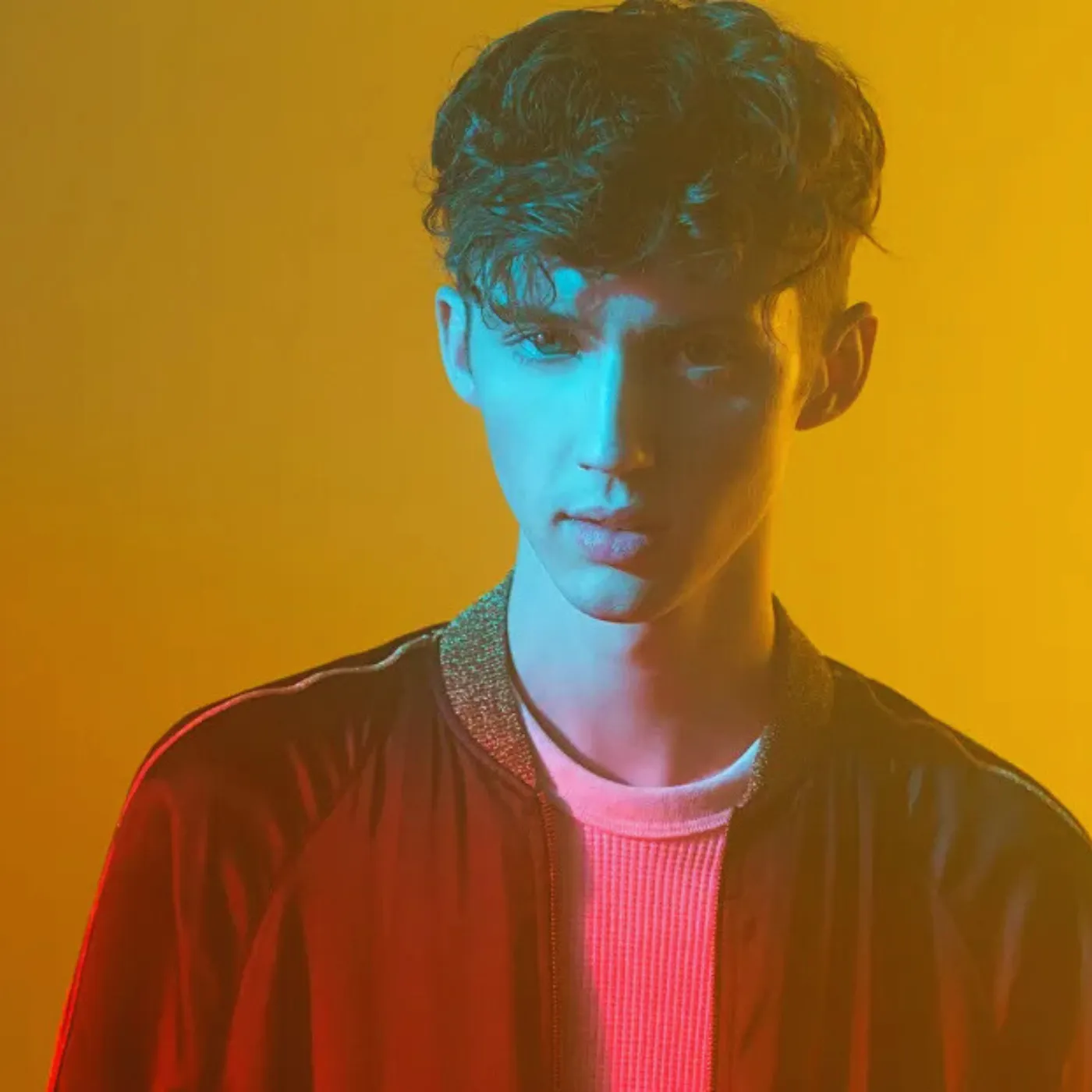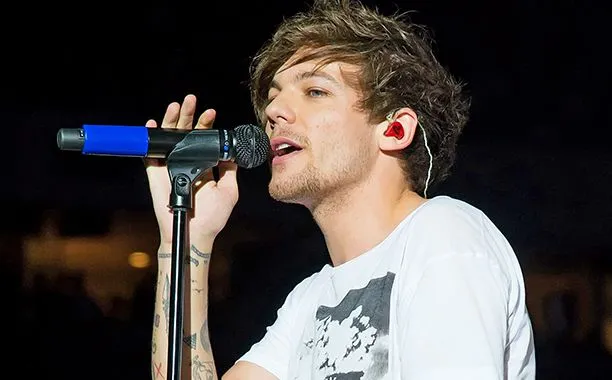

Troye Sivan Played Us All with Wild’s Hidden Message
In an era of viral teasers, algorithm-driven fame, and feed-scrolling attention spans, some pop songs age like disposable content—while others build mystique. Troye Sivan’s “Wild” turns nine this year. And despite its glossy production, radio-ready hook, and well-documented rollout, it’s the hidden layers that keep listeners obsessed.

When it dropped nearly a decade ago, “Wild” was framed as an emotional anthem. Fans latched onto the shimmering synths and soaring chorus. But the song’s power isn’t just in its polish. It’s in the parts that refuse to be polished. The cryptic lines. The stark contradictions. The sly tonal shifts that, even nine years later, feel deliberate—as if there was something Troye knew he wasn’t spelling out.
The Art of Burying the Lead
Nine years is a long time in pop culture. Most tracks evaporate before they can trend for a week. “Wild” is different. It’s the song that refuses to shut up. Every few years, a fan thread, TikTok breakdown, or YouTube essay dredges it back up, convinced there’s more to it than we realized.
They’re not wrong.
If you go line by line, “Wild” is full of dual meanings and emotional bait-and-switches. There’s a hint of optimism in the chorus, but the verses hit like confessions. It’s not simply vulnerable. It’s taunting.
It’s the mark of a songwriter who knows his audience is listening on two levels: one for the hook they can sing in the car, another for the puzzle they can decode at 2 a.m.
A Hidden Agenda?
This isn’t new for Troye. He’s always been calculated—a master of using apparent simplicity to hide complexity.
When “Wild” hit streaming platforms, it played into the trend of emotional pop, the Spotify-core wave of moody confessionals designed for playlists. But it didn’t just join that trend. It set the tone for a generation of streaming-ready pop songs.
And behind the scenes, the artist himself was making moves that suggested he was playing the long game. The rollout, the visuals, the strategic silence about what certain lines actually meant.
It all felt planned.
The “Throwaway” Lines That Weren’t
Listen carefully.
The most revealing lines of “Wild” don’t even sound important at first. That’s the genius of it. Troye throws them away—delivered almost offhand, as if they’re too raw to dwell on.
But they’re the ones that stick.
Lines that hint at fear, regret, or anger. Lines that interrupt the song’s singalong vibe like a deliberate scratch on pristine vinyl.
Critics at the time mostly praised the hook and the production. But those lines aged better than anything else. Because they’re unsolved.
The Strategy of Imperfection
Pop stars are supposed to polish. But real icons know when to leave things cracked.
That’s what “Wild” did. It’s not a perfect song, in the sense of being fully explained or emotionally resolved. That’s the point.
It’s the song you remember at 3 a.m. because you can’t figure out why it hits so hard.
And in the streaming age, that’s gold. Songs with replay value don’t just sound good. They bother you. They invite you back.
Troye’s entire brand was about being personal but not too easy to pin down. “Wild” is the blueprint for that approach.
A Song Built for Theories
That’s why the song hasn’t faded from discourse.
Even now, social media loves a theory. It’s the lifeblood of engagement. Fans don’t just want to enjoy a song. They want to solve it.
And Troye gave them plenty to work with.
When people make TikToks about that one line. When Twitter threads try to match lyrics to old interviews. When YouTube channels do half-hour analyses of a three-minute song.
That’s not by accident.

Was It Intentional?
Let’s be real.
Of course it was.
Troye didn’t just want you to love “Wild.” He wanted you to argue about it. To mine it for meanings, fight about its subtext, and bond over interpretations.
That’s not a marketing gimmick. It’s a survival strategy.
Because in 2015, the pop world was changing. Streaming wasn’t just about single hits—it was about repeat plays.
And songs that beg to be decoded get replayed the most.
9 Years Later: Still Unresolved
Here’s the wildest part.
Even though Troye’s sound has evolved, “Wild” still resonates. It’s become something like pop culture’s own Rosetta Stone—you can see the DNA of its writing in newer hits, not just from Troye but from other artists who learned the same lesson:
Mystery sells.
It’s why, nine years later, people keep coming back to argue about it.
And it’s why the song itself feels… slightly mocking about all this.
Almost as if Troye knew exactly what he was doing when he refused to explain those lines.
The Anniversary Effect
Nine-year anniversaries don’t usually mean much.
But for fans of “Wild,” it’s a reason to dive back in. It’s a milestone that triggers nostalgia.
More importantly, it triggers content.
You’ll see TikToks popping up with people “re-discovering” it. Think pieces reframing it as a “lost classic.” Twitter fights about what it “really means.”
Troye doesn’t have to do anything. He laid the trap in 2015.
Now it just keeps paying off.
A Blueprint for Future Artists
Here’s the real story, though.
“Wild” isn’t just an old song with a cryptic lyric. It’s a lesson plan.
Artists are watching how it worked. They see how unsolved lyrics keep a song alive. They see the power of leaving something unexplained.
Because in 2020s pop, the algorithm loves two things: short-term virality and long-term debate.
A song like “Wild” delivers both.
No Accident
People love to imagine these things just happen.
That a lyric hits by chance. That the subtext is unintentional.
But come on.
Troye Sivan was too smart, even back then.
He wasn’t writing a disposable pop song. He was writing bait for a generation that can’t help but analyze everything.
He was building a brand that wouldn’t collapse when the playlist trends shifted.
He wasn’t just making a song.
He was making a problem people would want to solve for years.
The Best Kind of Marketing
There’s a reason labels now want their artists to be cryptic.
Look at the data:
Songs that spark arguments get reposted. They get dissected on YouTube. They get infinite lifespans on TikTok.
Nobody wants to stream a song once.
They want to talk about it.
“Wild” is the proof.

Troye’s Silence Speaks Volumes
Nine years on, you still won’t see Troye spelling it out.
If anything, he’s happy to lean in, smirk, and move on.
Because he knows that saying less is the best way to make people care more.
That’s not just songwriting.
That’s strategy.


















